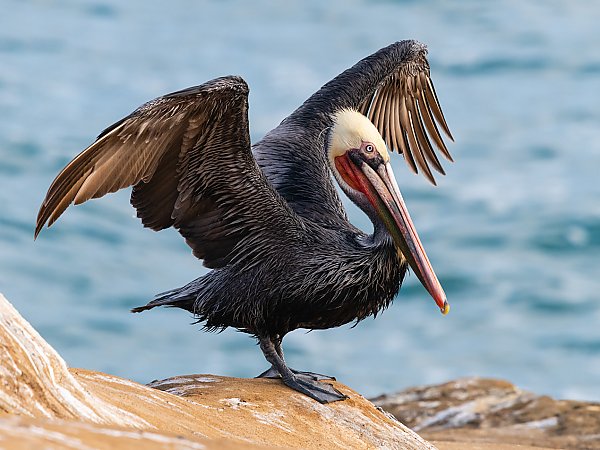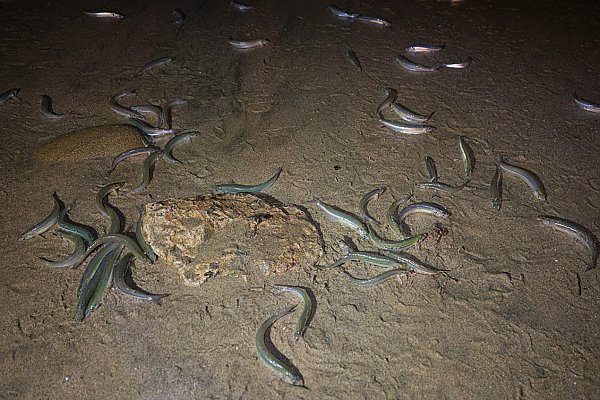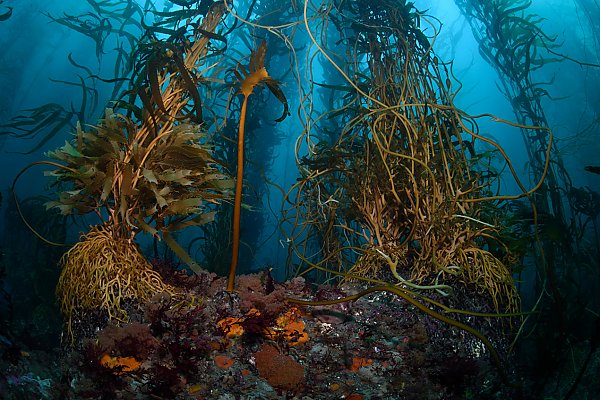
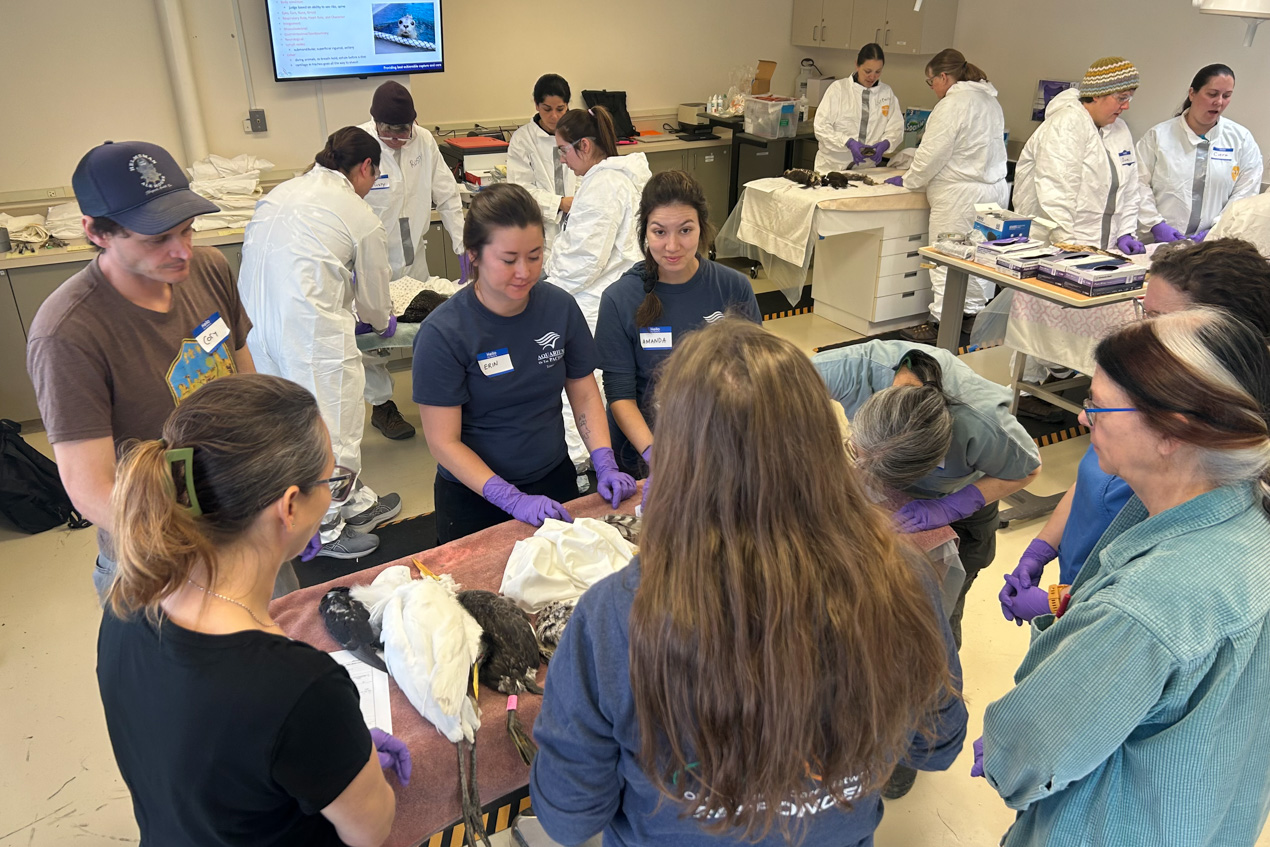
Wildlife Conservation Through Collaboration
Managing a spill requires the combined efforts of many different agencies and organizations, each bringing a unique set of skills to the table.
In California, the Office of Spill Prevention and Response (CDFW-OSPR) is tasked with the critical role of mobilizing these organizations, ensuring that all aspects of a spill response are coordinated quickly and efficiently.
One crucial component of California’s spill response is the Oiled Wildlife Care Network (OWCN), which was founded in 1994 in direct response to the lessons learned from the Exxon Valdez disaster. OWCN’s mission is to care for wildlife affected by oil spills, and its role encompasses a range of vital tasks during a spill response: they haze and deter unaffected animals from entering contaminated areas, collect and treat impacted wildlife, document the spill’s impact on animal populations, and rehabilitate animals for release back into the wild.
The OWCN is composed of a core management team based at UC Davis who oversee spill response operations in emergencies. However, their work is made possible by a statewide network of animal care specialists and rehabilitators from various organizations, including rehabilitation centers, zoos, and aquariums. These responders are pre-trained by OWCN to work within emergency response protocols, in addition to bringing a range of expertise developed over years in their respective fields. This network of skilled individuals is essential, and each responder plays a critical role in ensuring that oil-affected wildlife receive the care they need.
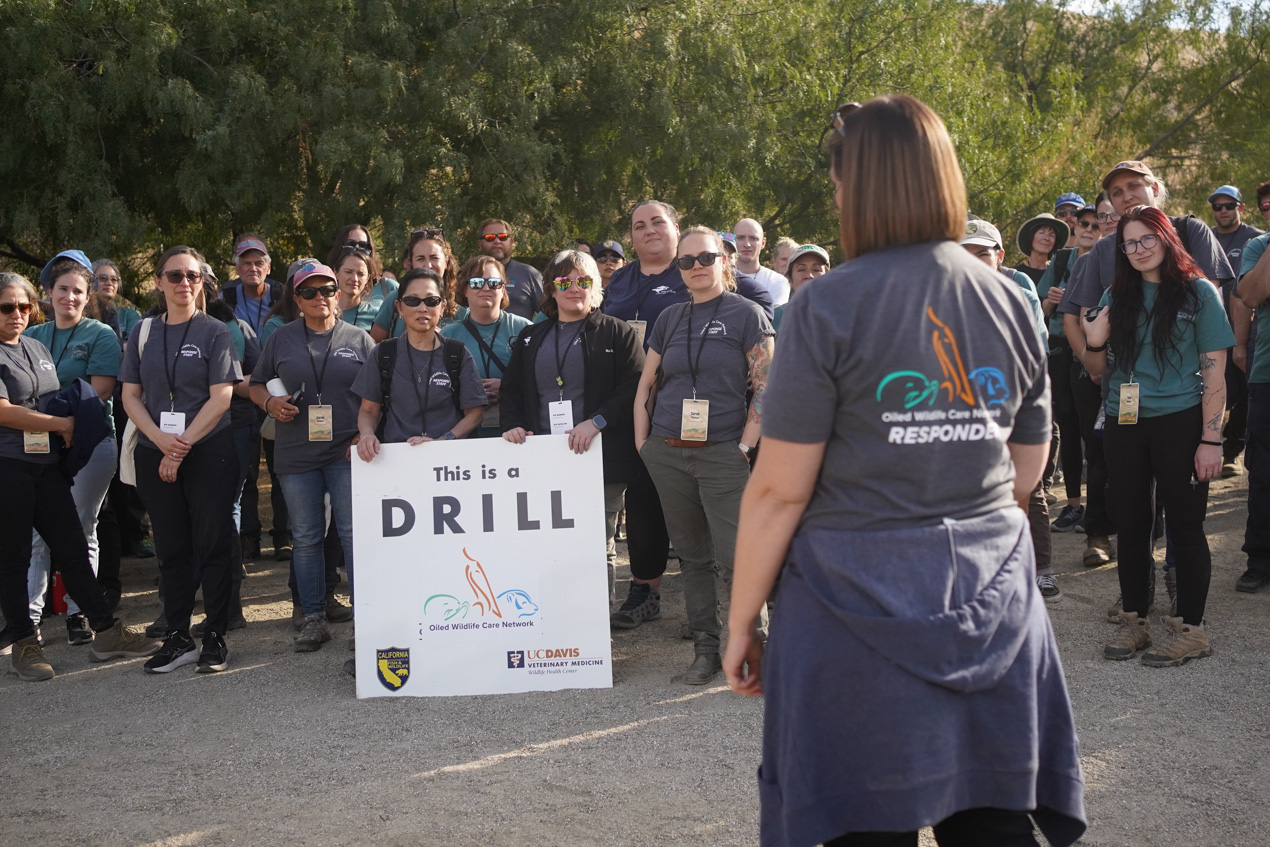
One recent incident that underscored the power of collaboration in conservation was the 2021 Huntington Beach Oil Spill (Pipeline P00547), caused by a San Pedro Bay pipeline rupture. This break spilled approximately 25,000 gallons of crude oil into the waters off Southern California, creating a sheen that spanned over six nautical miles. The spill forced the closure of beaches, impacted sensitive marine ecosystems and protected areas like Crystal Cove, and threatened a range of marine life, including fish, marine mammals, and the federally protected Western Snowy Plover.
The OWCN’s response to this crisis was rapid and efficient. Within days, they had mobilized 80 wildlife professionals from 14 different organizations, all of whom were trained and ready to tackle the various demands of the emergency. Despite the unfortunate reality that some animals were deceased upon retrieval, OWCN’s trained responders worked tirelessly to save live animals, bringing them to Network primary care facilities where they could be cleaned, treated, and conditioned for release.
In these high-stakes situations, each responder is assigned a role that best suits their particular expertise. Some focus on hazing healthy animals away from contaminated areas to prevent further harm, while others with capture experience work in the field to recover impacted animals. At the primary care facilities, those with specialized animal care knowledge are dedicated to stabilizing and conditioning affected wildlife, ensuring they are comfortable and safe throughout the strenuous recovery process.
Through the efforts of the OWCN and other groups, we see how collaboration in conservation isn’t just beneficial—it’s essential. Each organization and individual contributes a critical piece to the puzzle, and together, their combined knowledge and resources allow for a level of care that no single group could achieve alone. OWCN’s approach highlights how effective partnerships can provide relief, even in the face of major environmental disasters, and how coordinated efforts are the key to mitigating the impact of oil spills on wildlife.
